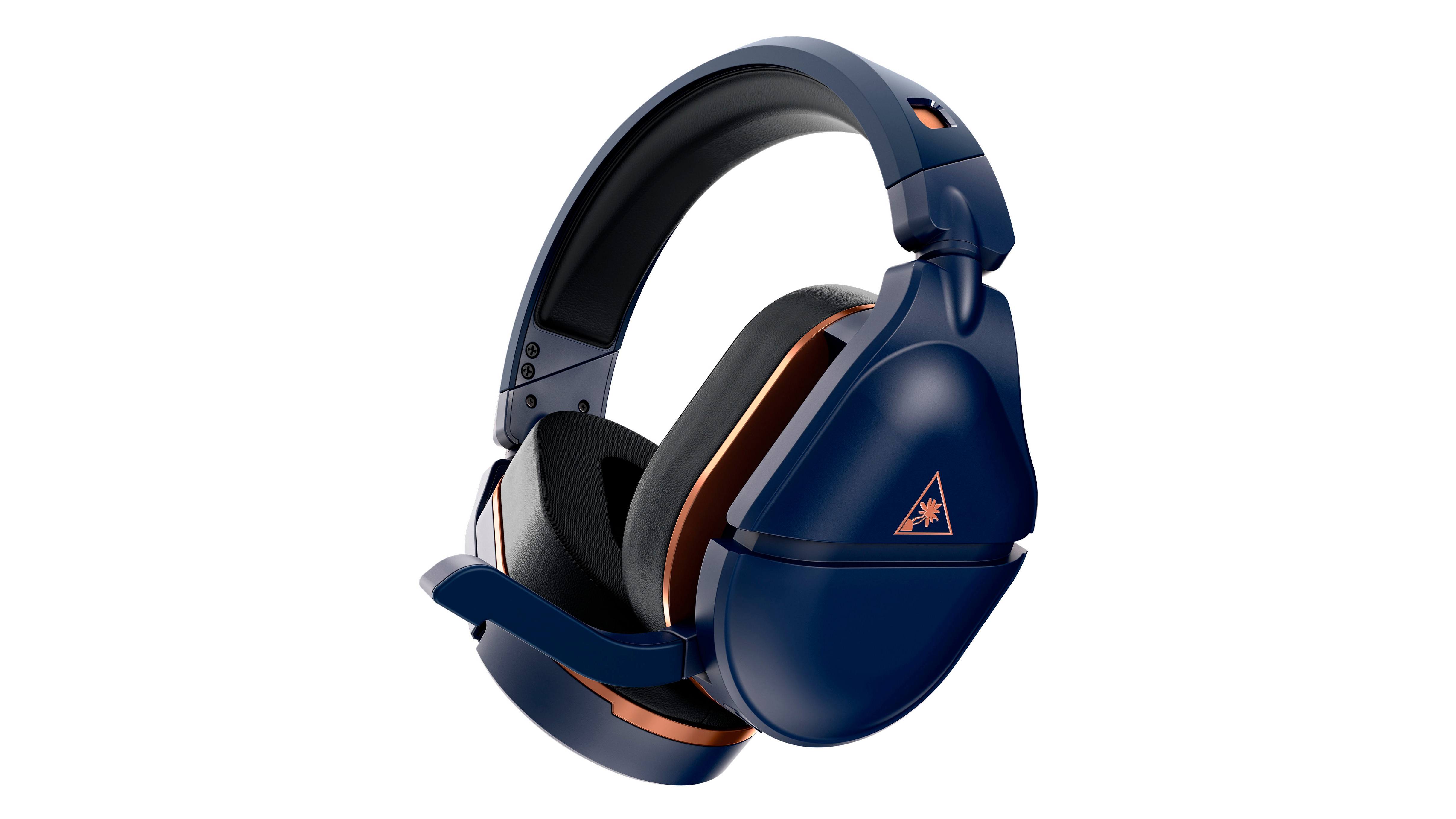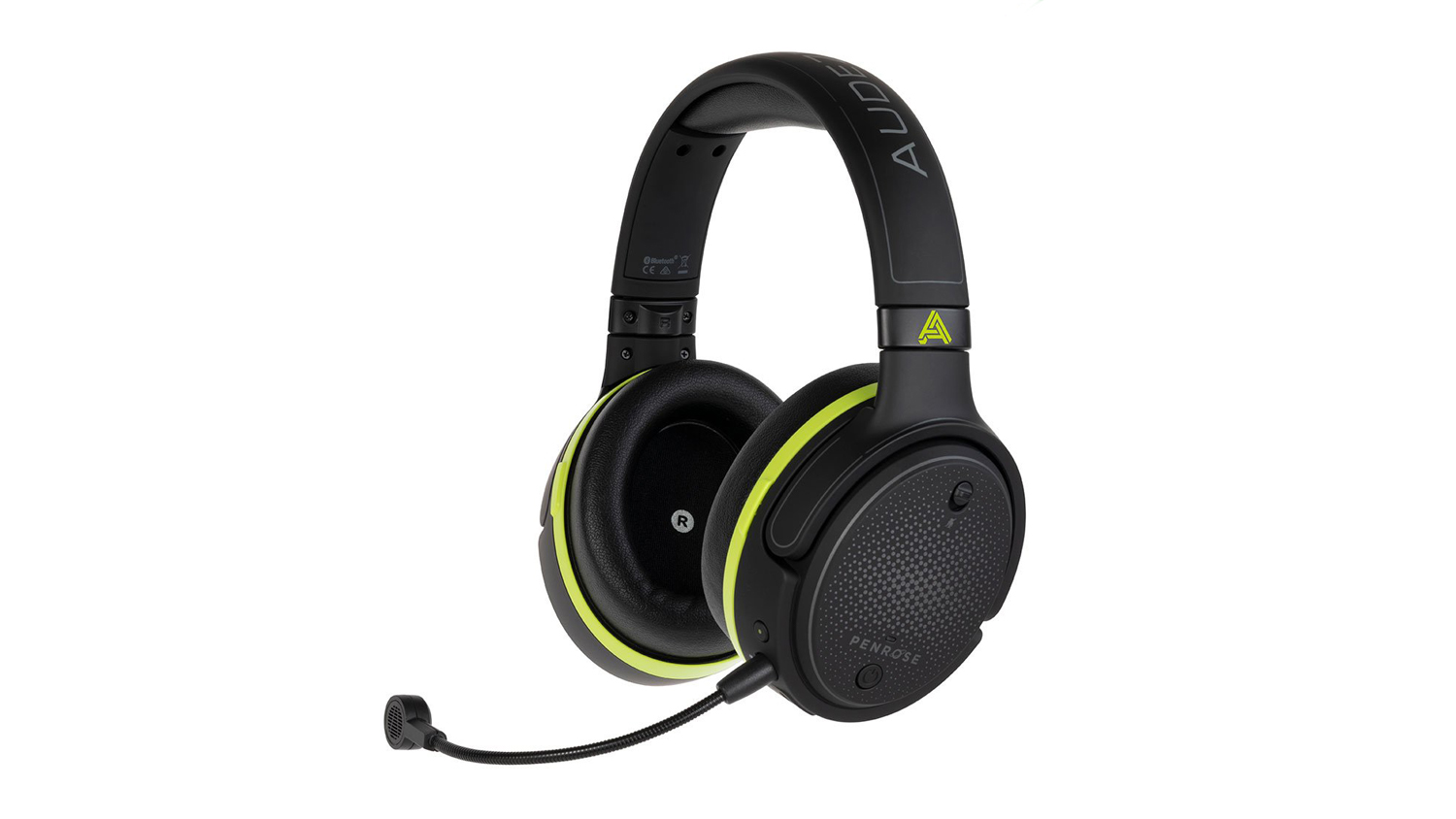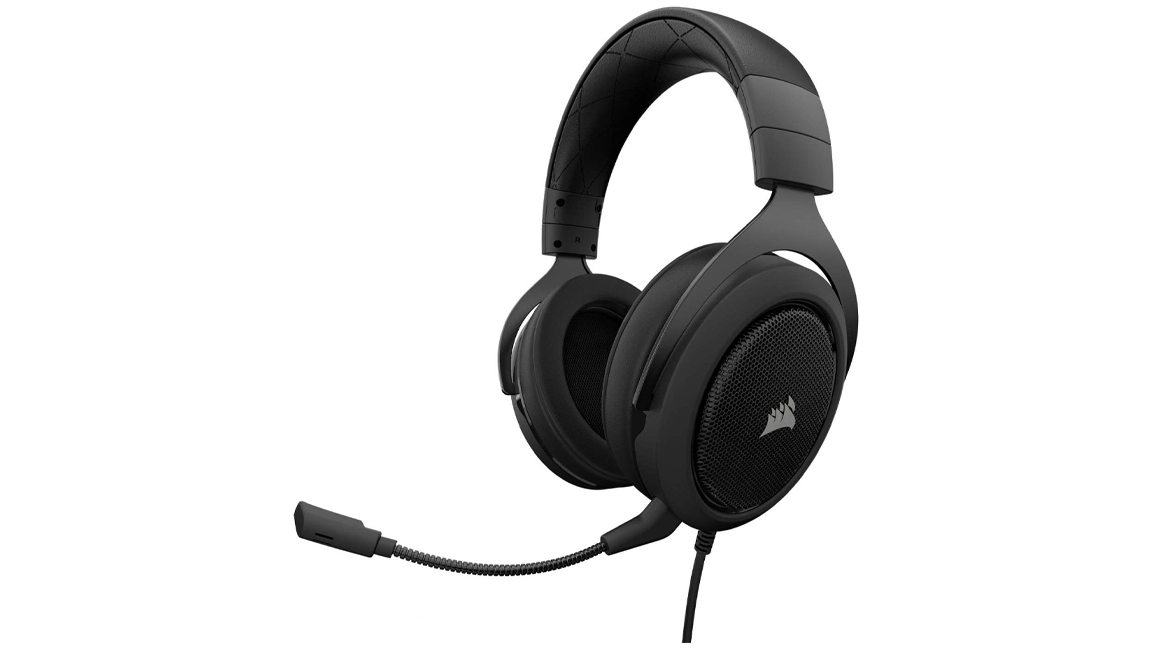How to choose the perfect gaming headset

Gaming headsets are more of a convenience rather than specialized pieces of equipment manufacturers that make them out to be. They're essentially just all-in-one audio devices that let you immerse in your game but also communicate with other players.
The best gaming headsets must provide great sound, a built-in mic to communicate with other players, and features to heighten that in-game experience. And often, they prioritize certain technologies to minimize any latency and are engineered for comfort so you can wear them for long periods without imprinting themselves on your head.
While most options out there do all these to some degree or another, too many sacrifice quality for all that functionality. It’s no wonder so many look down on this subset of headphones, some even going so far as to use audiophile headphones then just adding a clip-on external mic like the V-Moda BoomPro. Some even invest in every element separately, getting an external USB mic and a pair of high-end headphones that are plugged into a headphone amp that’s in turn plugged into a DAC, which is then connected to a gaming PC.
While getting the best of each element will probably yield the best results for that gaming audio performance, that not only gets expensive but is unnecessary. Gaming headsets and wireless gaming headsets have come a long way, and you can get a wonderful aural gaming experience with them if you know what to look for. You can even find some surprisingly good budget gaming headsets.
You just need to know what to look for. Let's take a look at all the elements that make the perfect gaming headset so you know how to choose the best one for you.
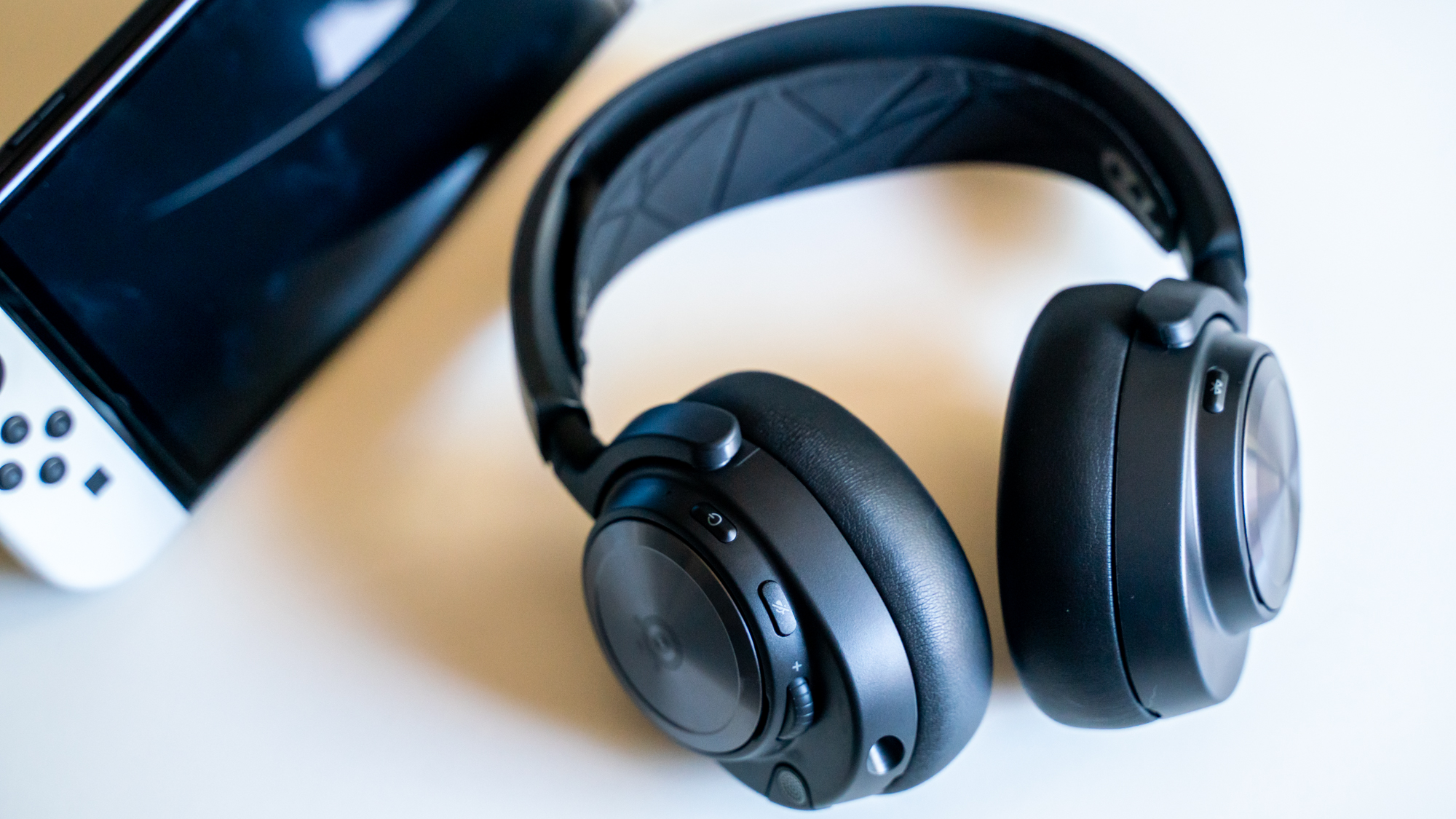
1. Game in comfort
- Make sure that clamping force isn’t too tight
- Prioritize memory foam where possible
Anyone using a gaming headset will likely be using it for hours at a time. Games are more addictive and more engrossing than ever, and being able to get through a session without wanting to rip off that headband is the bare minimum requirement.
Therefore, it’s crucial to have a headset that can stay on your head firmly without its clamping force causing pain. You don’t want to induce a pressure-related headache from it being too tight. More likely with cheaper options, however, is that the headset will be too loose and slip off or sit awkwardly on your head. If the clamping force is too tight, you can at least adjust it. Just put the headset on a stack of books about the same width as your head, with an ear cup on each side and let them stretch out for a few hours.
Sign up for breaking news, reviews, opinion, top tech deals, and more.
While most headphones over $20 come with some sort of cushioning, the ideal one should come padded with some kind of malleable foam with the better options coming with memory foam that conform to the shape of your head and ears. They’re also covered in a material that’s soft to touch whether it’s some kind of leatherette material or cloth. We appreciate when earpads are infused with some kind of cooling gel, especially if the covering is a less breathable material like fake leather so that the ears don’t get sweaty.
Don’t overlook the headbands, either. While some headsets such as the SteelSeries Arctis Nova Pro Wireless use a suspended design to keep the pressure off that dome of yours, many use similar cushioning as their earpads to line the headband for a comfier fit. Neither solution is necessarily better. The suspended headband design usually keeps that headband off your head altogether but a cushioned headband can feel just as lightweight. Just make sure to read the reviews if you’re not able to try one out, as the existence of some soft-looking material on the headbands doesn’t necessarily mean they’re plush. Looks can be deceiving, after all.
For glass-wearers, you’ll even find a feature mostly unique to gaming headsets that can help with comfort. The Turtle Beach Stealth 700 Gen 2 Max, for example, uses two types of memory foam, one softer than the other and situated right where glasses would typically sit on the head.
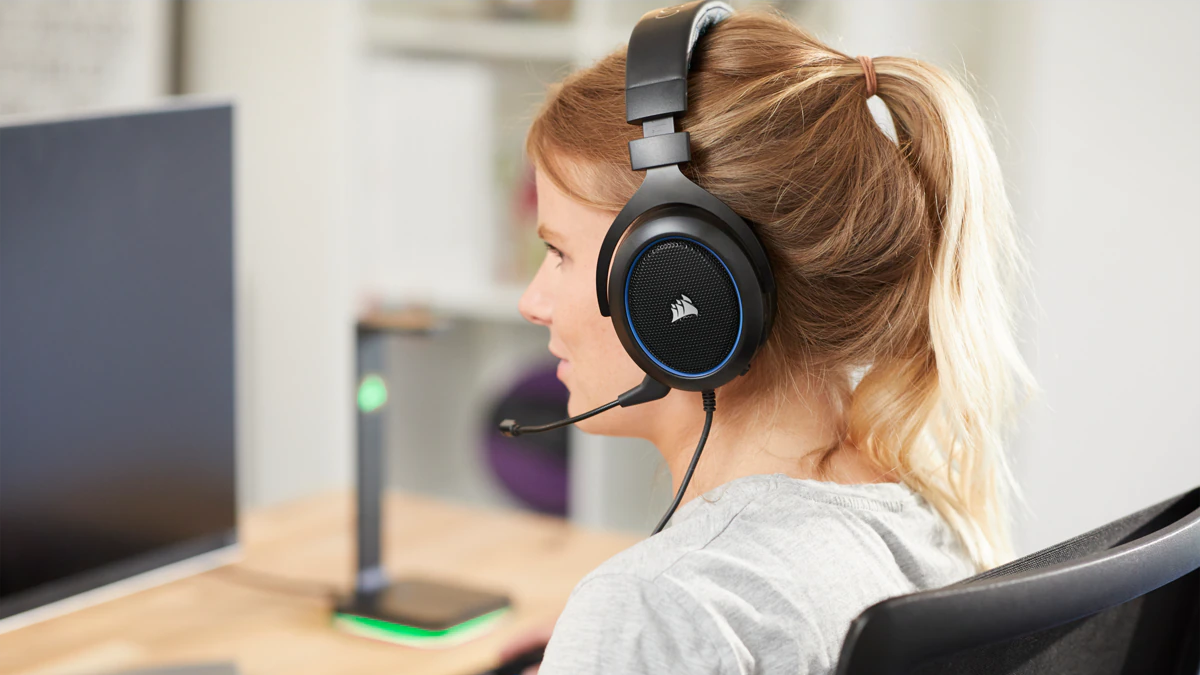
2. Don’t skimp on sound quality
- You should hear everything well from the bass through the mids to the high end
- Soundstage and sound imaging is just as important as actual audio quality
While there are many that think gaming headsets don’t sound good at all, there are plenty of models out there that deliver the goods. The Audeze Penrose headset is a personal favorite of mine, even if it has some issues with comfort.
From their wide and immersive soundstage to that well-balanced, detailed sound, the Penrose are good enough to work for audio sources even beyond gaming. You don’t actually have to compromise on sound quality to use a gaming headset.
When it comes to sound quality, there are a couple things to consider. First, how is audio reproduced? You’ll find that cheaper headphones have a tendency to boost the low end and the high end with the hope that you won’t notice that everything in the mid-range is missing or poorly reproduced. While you might have a lot of bass, it can sound distorted or like a bunch of mud sitting at the bottom of the mix.
What you want instead is a good sounding gaming headset that offers a good amount of bass but is also well-defined. It should have a mid-range that gives enough body and fullness to all the elements that sit in that frequency range, such as dialogue, most musical elements, and instruments such as guitar, piano, and for you Final Fantasy fans, strings. It also needs to have a high-end or treble response that gives everything plenty of detail so that the audio elements sound clear, crisp, and present. You don’t even have to break the bank for a good sounding pair of cans as the Corsair HS50 proves.
Just as important is the sound stage and sound imaging. For gaming, this has equal footing as sound quality. The soundstage has to be wide enough to feel like you’re actually in the game you’re playing and not just some outsider staring at a screen. You should be able to hear sonic elements on either side of you as well as whether they’re close or far away. That sound imaging should be just as stellar. You need to be able to precisely pinpoint where certain elements are coming from.
You’ll find surround sound to be a major selling point when it comes to gaming headsets. While it’s a fun feature that can make the experience just a tad more immersive, it’s a little bit of a gimmick. You still get a full and immersive soundstage without some kind of virtual surround sound and, when engaged, that surround sound can make elements in your soundstage come across as a little less detailed. That said, certified spatial audio such as THX and Dolby tend to sound pretty good (as long as the headset itself already does).
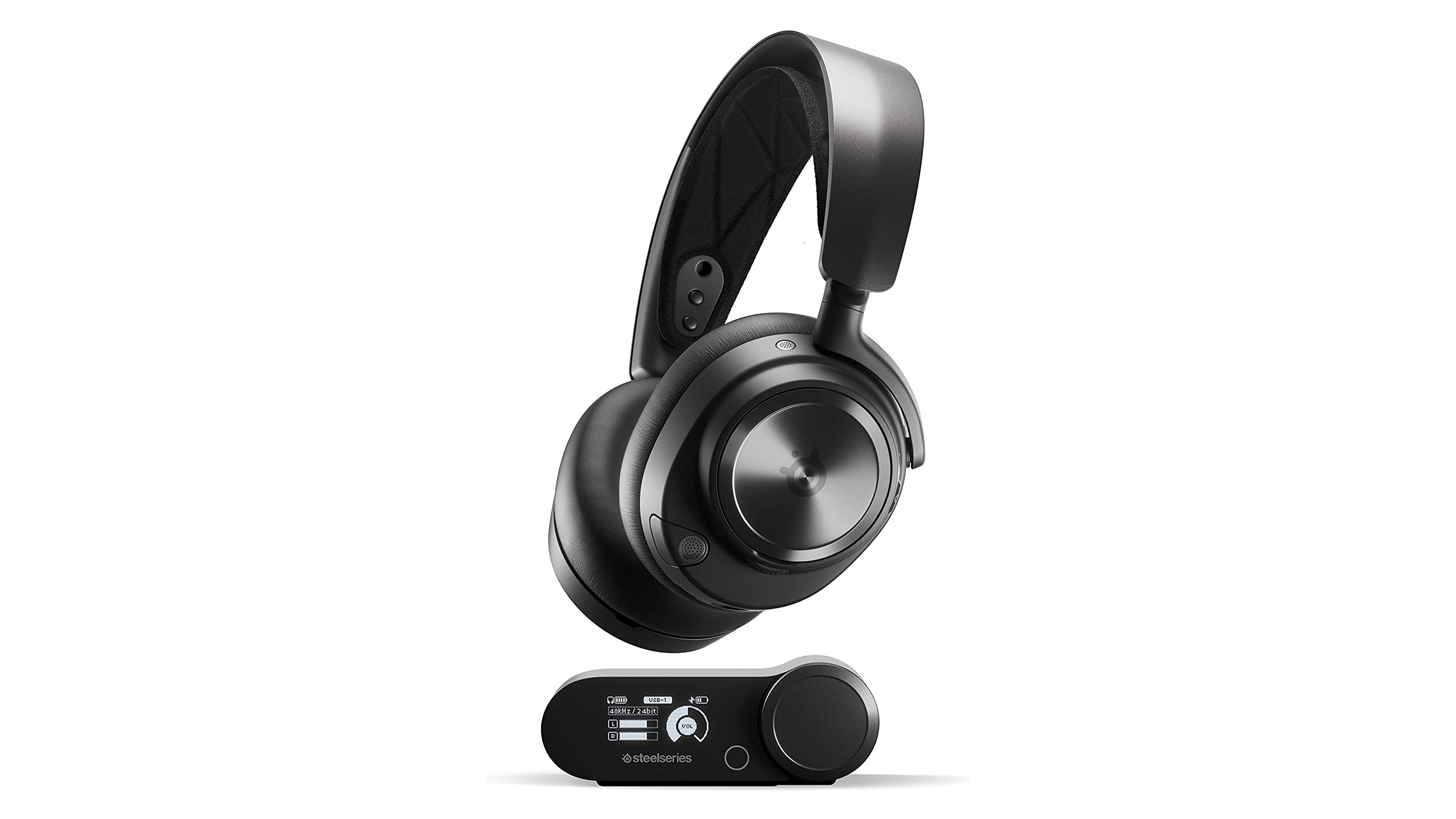
The amazing-sounding, extremely versatile SteelSeries Arctis Nova Pro Wireless is the future of gaming headsets.
Pros
- Excellent sound
- Long battery life
- Multiple connectivity
Cons
- Eye-watering price
- ANC is disappointing
- Buggy controls
3. Don’t get too hung up on the mic
- It needs to work, and it needs to be able to get out of the way
- Consider features to help your headset’s mic performance
Just about every headset made for gaming comes with a mic. Very few of them work poorly so no matter what you get, you’ll be able to join in on trolling your friends during more competitive moments.
That said, there are a few things to look for. You’ll want an easy way to mute. Some headsets come with a flip-mute function so the mic is muted when flipped up and active again when flipped down. . Others just use a button, sometimes on the ear cup and sometimes on the mic itself. Either works as long as they’re accessible.
Having a mic that is easily tucked away is another quality of life feature that most of the better headsets have. Flip mics are easy to get out of the way while more expensive options are trending towards using retractable or moveable boom mics. It’s only on cheaper models where you might have a mic stuck in front of your face. However, even some budget options like the Astro A10 let you get that mic out of the way when need be.
The actual audio quality of these built-in mics might not reach that of external USB mics. The Blue Yeti, for example, has a frequency range 20Hz to 20,000Hz while the mics on headsets are more likely to go from 100Hz to 10,000Hz, a much smaller range. Your voice might not be as detailed, but you’ll still be heard loud and clear.
Though you do have to make that slight compromise on sound quality, you’ll ideally find some background noise rejection, EQ customizability, and the ability to mix in sidetone (most of these are typically controlled or adjusted through an app) to help your voice cut through instead of the clacking of your keyboard.

So, what is the DNA of a perfect gaming headset?
The ideal gaming headset has to give you the kind of comfort where you forget you’re wearing one. It has to give you the kind of sound quality in frequency response as well as soundstage that not only lets you hear everything clearly but is an actual pleasure to listen to. And, it needs to come with a decent, functional mic that you can mute and adjust when need be.
While that might seem like a tall order, you don’t need a miracle for a great gaming audio experience, especially when there are so many excellent options out there. Now that you know what to look for, the perfect gaming headset is within your reach.

The Astro A10 Gen 2 is a great entry-level headset that still manages to deliver a solid performance.
Pros
- Affordable
- Comfortable
- Clean sound quality
- Works on all devices
Cons
- Non-detachable mic
- No surround sound
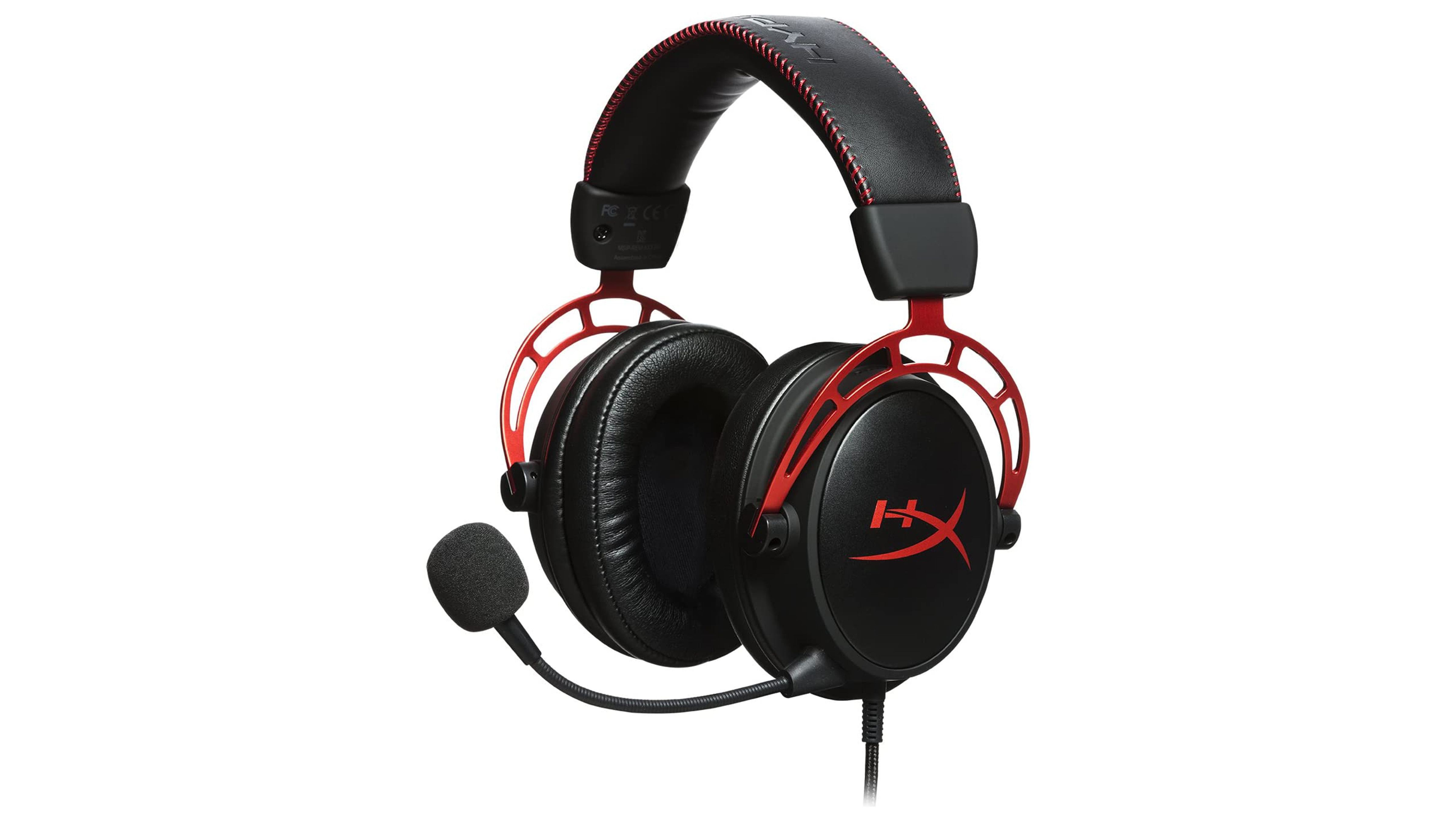
The affordable HyperX Cloud Alpha has the style and comfort to match its impressive feature set.
Pros
- Multi-platform
- Quality design
- Great sound quality
- Admirable mic
Cons
- A bit bass-heavy

James Holland loves checking out gadgets of all sorts, whether it's audio equipment, laptops, or vacuums (especially of the robot variety), and does so for a number of Future Publications including TechRadar, Top Ten Reviews, Homes & Gardens, and T3. He's built up an expertise for in-depth reviewing over the last four years. When he's not putting in the work on the latest tech, he loves to travel, play music, and eat questionable food.
